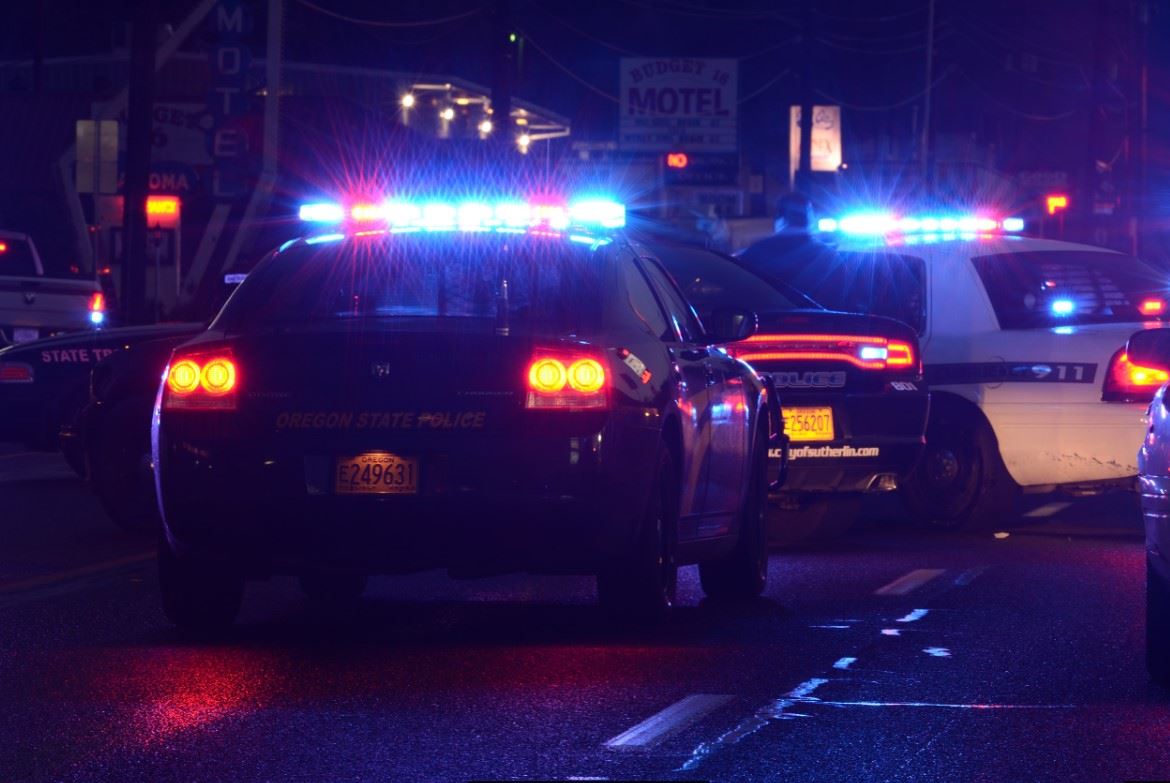What are Field Sobriety Tests?
These are roadside tests used by law enforcement officers to assist them in determining if there is probable cause to arrest a person for driving under the influence (DUI). These tests have been validated by numerous studies sponsored by the National Highway Traffic Safety Administration (NHTSA). These field sobriety test validation studies will be covered in more detail in a later article.
There are (3) standardized elements to the SFST’s:
- Standardized Administrative Procedures
- All officers must administer the SFST’s the same way every time.
- Standardized Clues
- All officers must look for the same clues on each test.
- Standardized Criteria
- All officers must use the same criteria to determine if a clue is present.
What are the Standardized Field Sobriety Tests (SFST’s) used in a DUI Arrest?
The (3) field sobriety tests are:
- Horizontal Gaze Nystagmus (HGN)
- Walk and Turn
- One Leg Stand
Horizontal Gaze Nystagmus
Horizontal Gaze Nystagmus is the involuntary jerking of the eyes as they look to the side. It is caused by alcohol, and certain other drugs. The HGN test has been scientifically validated as an indicator for alcohol influence, and judges and courts will therefore give more weight and credibility to the HGN test than the Walk and Turn and One Leg Stand tests.
There are (3) clues officers are trained to look for in HGN:
- Lack of Smooth Pursuit
- Distinct and Sustained Nystagmus at Maximum Deviation
- Onset of Nystagmus Prior to 45 Degrees.
The clues are checked for in both eyes of the subject, meaning a total of (6) clues are possible to see during the HGN. Based on validation studies and research officers are trained on, if an officer observes 4 or more clues, it indicates that the person’s blood alcohol concentration (BAC) is 0.08 grams or higher. Research studies cited by law enforcement state that this test is 88% reliable.
The Walk and Turn Test
The Walk and Turn test is a divided attention test, meaning that the test “divides” a person’s attention between mental and physical tasks. This is significant because safe driving demands the ability to divide attention between multiple mental and physical tasks. Imagine how everyday driving divides your attention: maintaining your lane while being aware of other vehicles' position, maintaining proper speed, safely making movements, proper signaling, etc.
There are 2 phases and 8 standardized clues for the Walk and Turn test:
- Instructional Phase
- Unable to keep balance while listening to instructions
- Starts too soon
- Walking Phase
- Steps off line
- Misses heel to toe
- Incorrect number of steps
- Improper turn
- Raises arms for balance
- Stops to balance self
Based on research cited by law enforcement, if an officer observes 2 or more clues it indicates that the person’s blood alcohol concentration (BAC) is 0.08 grams or more. The validation studies state that this test is 79% reliable.
The One Leg Stand Test
The One Leg Stand test is the second divided attention test used as part of the 3 test battery. There are 2 phases and 4 clues for the One Leg Stand:
- Instructional Phase
- No clues
- Walking Phase
- Puts foot down
- Sways
- Hops
- Raises arms for balance
Based on the research if an officer observes 2 or more clues it indicates that the person’s blood alcohol concentration (BAC) is 0.08 grams or more. The research states that this test is 83% reliable.
When the tests are combined, the validation studies cited by law enforcement state that they are 91% reliable. These tests can, of course, provide strong evidence and assist the prosecution with convicting a person accused of DUI when done properly.
In the next article, the administrative procedures and issues that can arise with HGN will be covered.
About the author: Joshua Ott was a police officer for more than 10 years in Roswell, Georgia. He has extensive experience dealing with impaired drivers. He was a Drug Recognition Expert Instructor and is a Standardized Field Sobriety Testing Instructor and has trained numerous officers over the course of his career. He now operates Caselock, Inc, which provides expert testimony and case reviews for cases involving alcohol and drug impairment.




